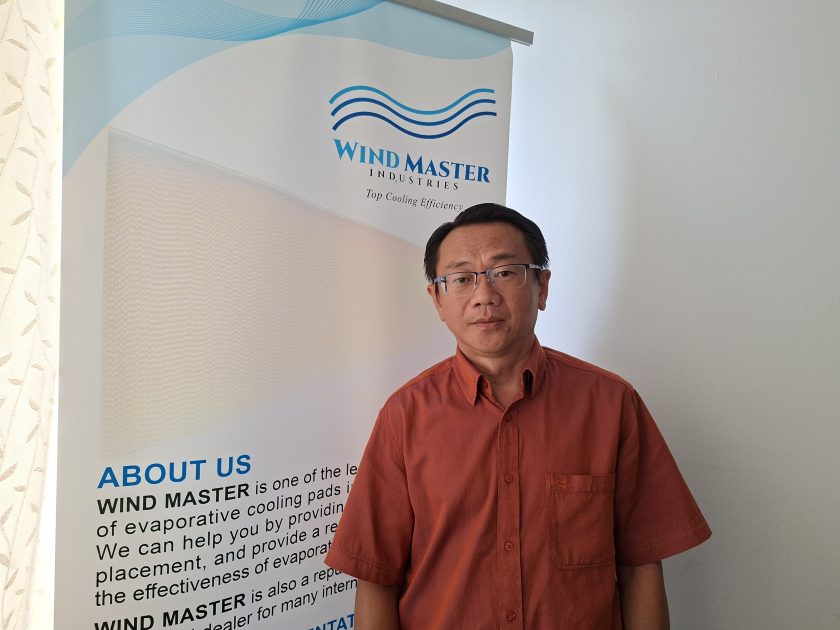As climate shifts and global supply grow more fragile, Malaysian poultry farmers face a hidden but critical challenge: deteriorating corn quality.
Chew Yew Chai, Director of Agri-Nu Solutions, said these issues have intensified the threat of mycotoxins and mold contamination in poultry feed—an invisible enemy with serious consequences for bird health and farm productivity.
Mr Chew told aviNews Asia that Malaysia’s heavy reliance on imported corn—primarily from Argentina and the US—makes the poultry industry especially vulnerable to volatile global conditions.
“The Ukraine-Russian conflict, prolonged shipping routes, and erratic weather have disrupted supply chains. We’re seeing delayed deliveries and prolonged exposure to tropical moisture, which degrade the quality of feed ingredients before they even reach the farms,” he said.
The impact on poultry
The result? A surge in fungal contamination and mycotoxin levels in corn, often undetectable until bird performance begins to suffer.
“Producers are reporting higher mortality rates, reduced feed intake, and overall weaker productivity in their flocks,” Mr Chew noted. “In some cases, performance losses range from 5% to as high as 25%.”
To combat this, poultry producers are ramping up use of mold inhibitors, mycotoxin binders, and other feed additives to neutralize these contaminants. Mr Chew said he has seen a clear uptick in demand for these solutions, especially from long-term clients.
“Customers ordering more mycotoxin mitigation products signals that contaminated corn is back in circulation,” he said.
How Malaysia compares
Unlike countries like Indonesia, which produce and control their own corn supply, Malaysia is fully dependent on imports. This leaves its farmers vulnerable to fluctuations in global commodity markets. Poor foreign harvest can trigger quality drops without warning.
“Our farmers have no alternative. When the corn arrives with hidden mold or fungus, they must act fast to protect their flocks,” Mr Chew added.
Malaysia’s hot and humid climate compounds the problem.
“Corn that’s discharged during rainy days absorbs moisture quickly. In tropical conditions, that moisture becomes a breeding ground for fungi,” he said.
Even well-established storage protocols cannot always counteract the environmental risks during shipment and port handling.
Diversifications
Some Southeast Asian nations have diversified their raw material base—switching to barley, tapioca, rapeseed meal, groundnut meal or soybean when corn is scarce. Malaysia, however, lacks that flexibility.
“We don’t have the same agricultural infrastructure. Farmers here are limited in what they can use, so our dependence on global corn is a structural weakness,” said Mr Chew.
He urged authorities to invest in more “r&d for local feed alternatives like palm kernel cake, and to enhance storage and transport protocols to reduce contamination risk.”
A growing problem
Until then, Malaysian poultry farmers will continue relying on mitigation strategies to protect their flock. Mr Chew emphasized that while this issue is not new, addressing it has become more urgent.
“Mycotoxin contamination has always been a background threat. What’s changed is the frequency and scale of these incidents due to climate change and geopolitical instability,” he said.
For now, the industry must adopt new feed technologies and be strategic in sourcing safe raw materials to survive.

